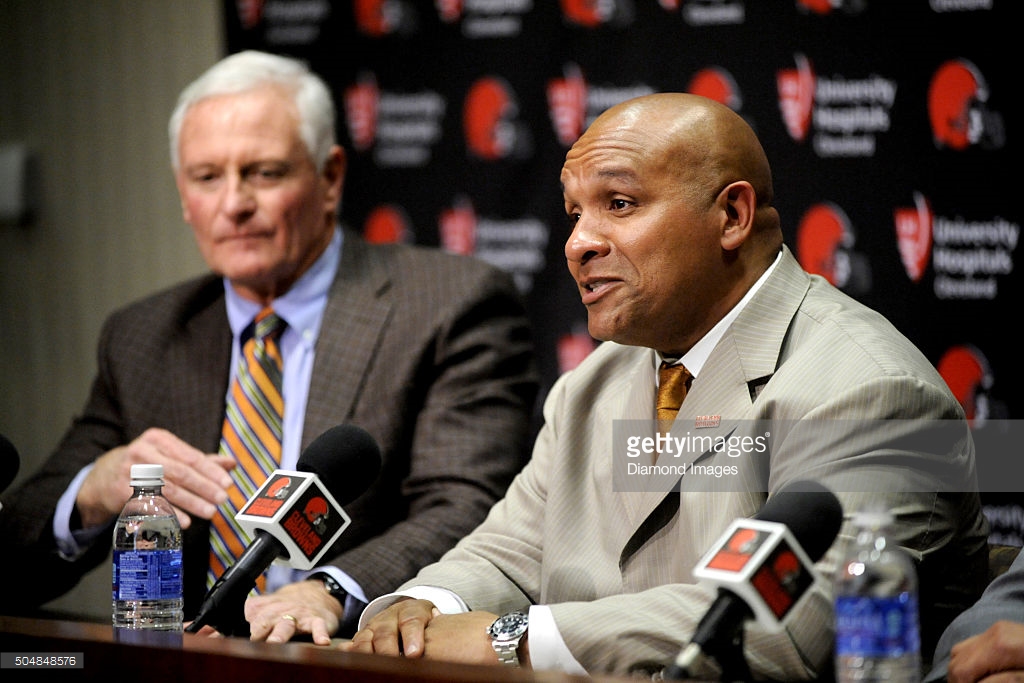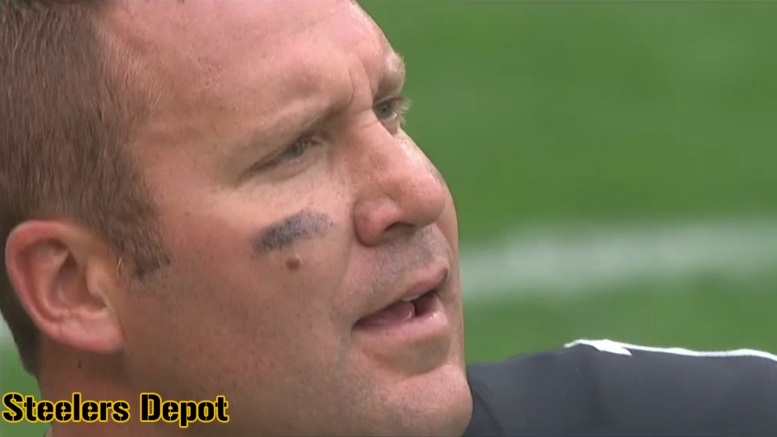When it comes to the Cleveland Browns and their latest front office regime, one thing from the previous administration that they were apparently unsatisfied with in particular has been their development of the wide receiver position—in conjunction with the quarterback position, of course, which they also addressed.
But the Browns took the opportunity this past weekend to address the wide receiver position in a major way—one that, quite frankly, I can’t recall ever seeing before. Though they already had seven wide receiver on the roster ahead of the draft, they used four of their 14 draft picks to add to the depth at the position.
And it would not be unfair to say that it was not warranted. Of the seven wide receiver who remained on the roster leading up to the draft, only three have previously been notable contributors, chief among them being Andrew Hawkins. The other notable receivers are Brian Hartline and Taylor Gabriel. Of course, there is still lurking the Josh Gordon factor, who must wait to see if he will be reinstated.
If this were the group of wide receivers that the Steelers intended to bring into the 2016 season for Ben Roethlisberger, let alone for a new quarterback in Robert Griffin III—or even Cody Kessler, in an unlikely event—then I certainly would take a similar approach as the Browns did during draft weekend.
After all, I can’t recall the last time I found myself overly worried about playing the Browns because of their threats the wide receiver position, except, perhaps, for a game or two with Gordon on the roster after he put his name on the radar, and before he took it off.
Cleveland was smart to address the need early, taking Corey Coleman in the first round with the 15th overall pick, which was the third different first-round pick that they held after previously trading back from the second spot, and later on draft day, the eighth.
While Coleman can still use some fine-tuning of his route tree, he should be an immediate contributor, and perhaps a day-one starter for the Browns after he was taken as the first wide receiver off the board during the draft.
After taking Coleman, the Browns waited three rounds before adding Ricardo Lewis in the middle of the fourth, and then following it up a round later with Jordan Payton. Rashard Higgins joined Payton as a fifth-round pick in the compensatory selections.
None of these three players have close to the pedigree of what Coleman immediately brings to the roster, but they bring what is urgently needed, and that is depth and competition, and skill sets that better suit the offense that they aspire to run.
It is a scattershot approach, but it may well be one that pays off, because even if they only land one significant contributor from the latter group, it will have been well worth it. It should be noted that they also drafted Princeton wide receiver Seth DeValve in the fourth round, although they did so with the intention of playing him at tight end.







